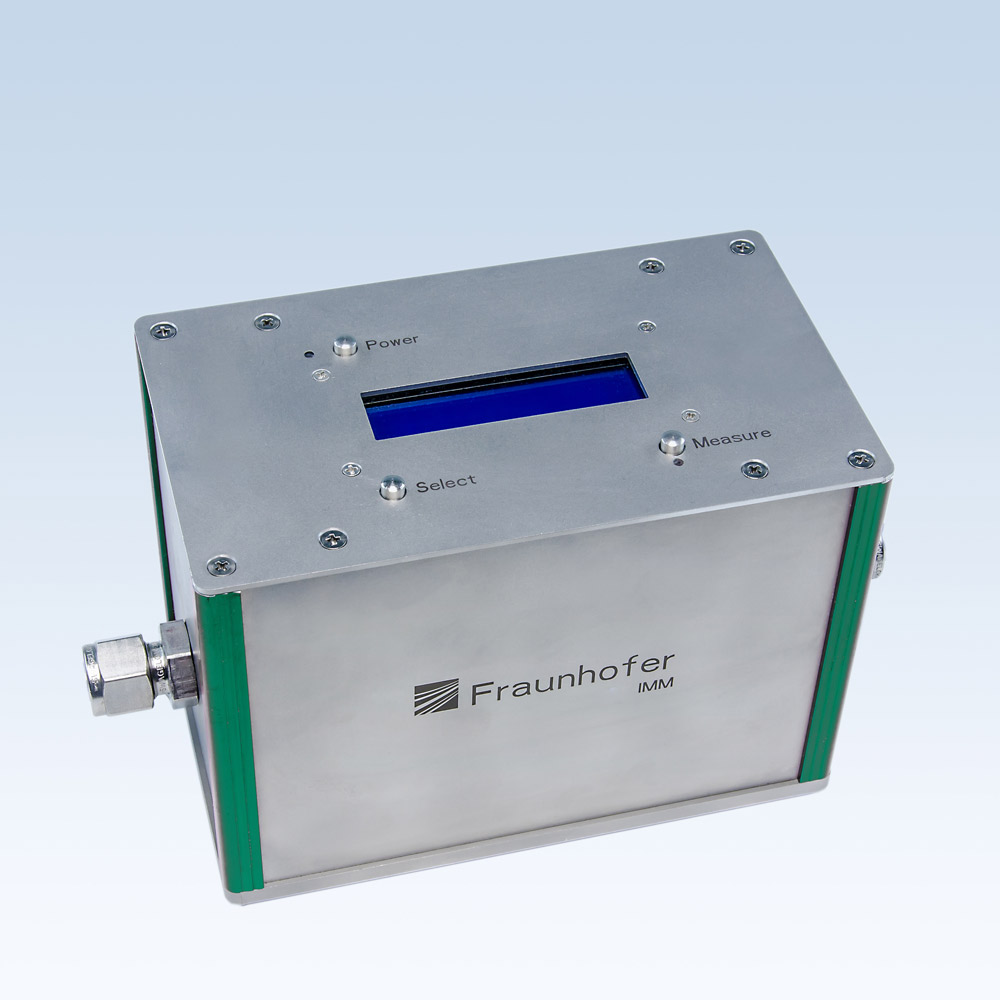Compact and cost-efficient sensors for on-line condition monitoring

Big marine engines typically use some thousand liters of high quality lubricating oil, the exchange of which causes high costs. This is the reason why ship owners get lab analyses done on a regular basis to monitor the condition of the oil and, thus, to ensure the operability of the ship. However, this procedure potentially might induce operating downtimes of several days or even up to one week. Our on-line sensors can help the ship operators to take a decision on the condition of the lubricating oil right on-site. Surveillance of the operability of the marine engine is done by monitoring the most important parameters such as water contents, viscosity and total base number (TBN) of the oil.
Operating principle
A compact, cost-efficient optical flow sensor controls the water content and the TBN value on-line, based on non-dispersive MIR transmission spectroscopy. The sensor consists of two ZnSe windows, a thermal emitter and a four-field thermopile detector suitable for relevant wavelength regions. For determining the viscosity a dedicated sensor was realized based on a longitudinal vibrating magnetostrictive pin.
Properties and application areas
Reference measurements in the mid infrared range, performed with a lab spectrometer, verified that the water content as well as the TBN value can be determined with sufficient accuracy. Measurements are performed every second for all parameters in parallel with an accuracy of 100 ppm for water, < 4 mg KOH/g for TBN and < 0,01 % für soot/wear. Signal reading is done via an external PC at which the required calibration functions are on file. This PC also controls the readout electronics for the viscosity measurement. For SAE 30-50 oils accuracies between 5 and 10 % could be achieved, for a temperature interval from 10 to 100 °C. In the viscosity range between 200-1600 mm²/s the sensitivity is particularly high, below 200 mm²/s the sensitivity decreases. The characteristics of the measured viscosity curve could be adapted to other viscosity ranges by modifying the pin geometry.
Our research & development services
Based on various spectroscopic, chemical and physical methods we develop cost-optimized and miniaturized on-line sensors which are characterized by a high level of integration and robustness. Additionally, we realize lab devices for special measurement tasks.
Further sensor developments in this application field are for instance:
- Lab device for the automated color index measurement,
- on-line titration chip for the TAN determination,
- device for the determination of the asphaltene content in crude oils,
- MEMS based density sensor.
related data sheet: Sensors For Oil Condition Monitoring
Partially funded by: 6th Framework Programme of the European Commission, project reference 031473.
 Fraunhofer Institute for Microengineering and Microsystems IMM
Fraunhofer Institute for Microengineering and Microsystems IMM